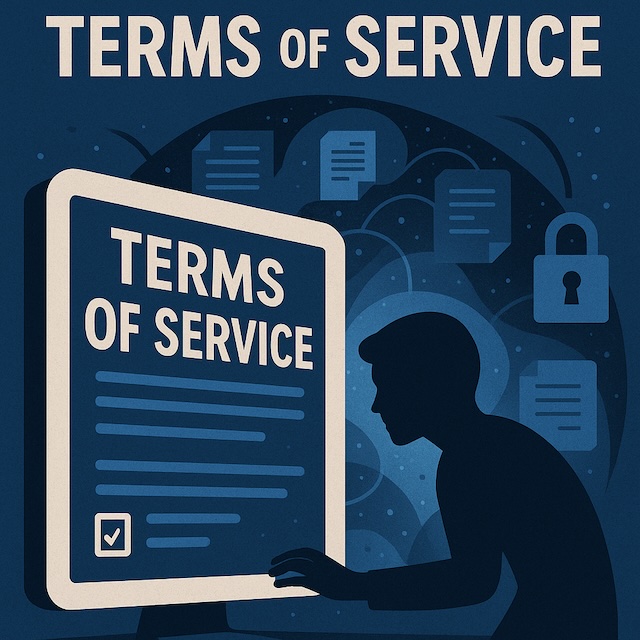We earn commissions when you shop through the links below
Online Terms of Service (ToS) are frequently challenged in court. While businesses often assume that “click equals consent,” enforceability depends on several factors: the method of assent, clarity of notice, and substantive fairness of the terms. Courts apply traditional contract law principles to evaluate whether an online agreement is binding.
This post analyzes the main considerations in determining enforceability.
1. Assent: Did the User Agree?
The central question in online contract disputes is whether the user manifested assent to the terms. Courts distinguish between different formats:
- Clickwrap: Requires active agreement (e.g., clicking “I Agree”). Consistently upheld.
- Feldman v. Google, Inc., 513 F. Supp. 2d 229 (E.D. Pa. 2007) — Google AdWords clickwrap terms were enforced where the user affirmatively clicked acceptance.
- Browsewrap: Terms are accessible via hyperlink, but no explicit assent is required. Typically unenforceable unless notice is conspicuous.
- Specht v. Netscape Communications Corp., 306 F.3d 17 (2d Cir. 2002) — users downloading software were not bound by terms hidden below the “Download” button.
- Sign-in-wrap: Ties assent to account creation, usually with a notice near the “Sign Up” button. Enforceable if notice is clear.
- Meyer v. Uber Technologies, Inc., 868 F.3d 66 (2d Cir. 2017) — Uber’s sign-in-wrap terms upheld because the interface provided reasonably conspicuous notice.

2. Notice: Was the User Properly Informed?
Courts apply a “reasonable notice” standard: would a reasonably prudent internet user be aware of the terms? Factors include:
- Placement: Was the hyperlink or notice visible without scrolling?
- Design: Did the page use contrasting colors, readable fonts, and clear language?
- Proximity: Was the link placed near the action button (e.g., “Sign Up”)?
Where notice is buried, courts hesitate to enforce terms.
- Nguyen v. Barnes & Noble Inc., 763 F.3d 1171 (9th Cir. 2014) — browsewrap terms were invalid because the hyperlink was inconspicuous and no affirmative action was required.
3. Substantive Fairness: Are the Terms Reasonable?
Even if assent and notice are established, courts may strike down terms that are procedurally or substantively unconscionable.
- Procedural unconscionability: lack of meaningful choice (contracts of adhesion).
- Substantive unconscionability: overly harsh or one-sided provisions.
Examples:
- Waivers of all liability, including for gross negligence.
- Unilateral modification clauses without notice.
- Arbitration provisions with excessive costs for consumers.
Courts often apply a sliding scale, requiring both procedural and substantive unconscionability, though not necessarily in equal measure.
- Armendariz v. Foundation Health Psychcare Services, Inc., 24 Cal. 4th 83 (2000) — arbitration agreements must provide a “modicum of bilaterality.”
4. Regulatory Overlay
Certain statutes further shape enforceability:
- Federal Arbitration Act (FAA): Strong presumption in favor of arbitration.
- State consumer protection laws: May invalidate deceptive or unfair terms.
- GDPR/CCPA: Override contractual provisions concerning data rights.
Key Takeaways
- Clickwrap agreements are the most enforceable, provided design and notice are clear.
- Browsewrap agreements remain highly vulnerable to challenge.
- Courts scrutinize both procedural fairness (notice/assent) and substantive fairness (balance of rights).
- Businesses should draft terms with clear interfaces and avoid overreaching provisions to ensure enforceability.
If you want to read more about Enforceability in Practice, please see Recommended Books.
In the next post, we’ll explore the tension between consumer rights and company power — and how courts and regulators are balancing these interests.





